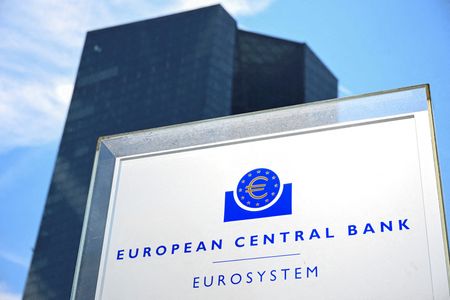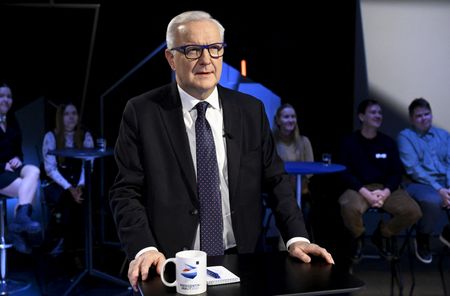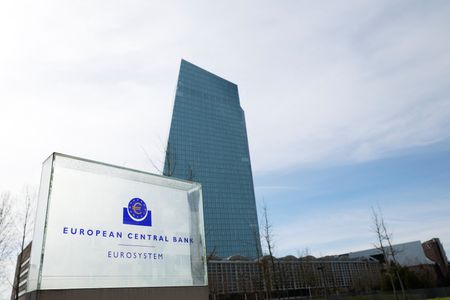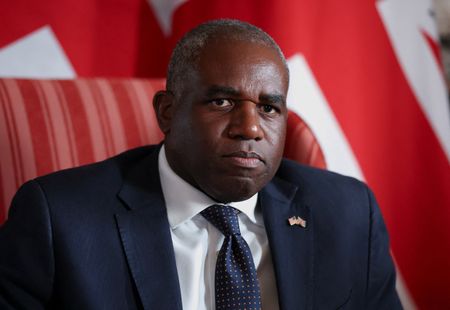By Balazs Koranyi
ZAGREB (Reuters) – The European Central Bank could cut interest rates three more times this year even if its U.S. counterpart moves more slowly but policy easing is predicated on a rapid fall in underlying inflation, Croatian policymaker Boris Vujcic said.
The ECB has lowered borrowing costs five times since last June and hinted at even more policy easing, leaving investors guessing about the pace and extent of any further rate cuts.
“The market is pricing three more rate cuts this year,” Vujcic said in an interview. “Those expectations are not unreasonable.”
However, data in the coming few months will be critical because projections foresee a big drop in services inflation, the single largest component of the consumer price basket and a key driver of excessive price growth in the past year.
“For those rate cuts to materialise, we need to see a slowdown in core inflation and a slowdown in services inflation,” Vujcic, considered a moderate policy hawk, said.
Cuts can go ahead even if the Federal Reserve holds back, Vujcic argued. The Fed last month said it was in no hurry to ease, and unexpectedly high inflation in January raised the possibility it might not even cut rates at all in 2025.
High U.S. interest rates imply a stronger dollar and rising longer-term borrowing costs, but market moves so far raise no undue concern, Vujcic said.
“The exchange rate is one factor we consider but, at the current level, it’s not something we need to worry about.”
The euro is down by about 7% against the dollar since the autumn but this is less than 3% on a trade-weighted basis, a relatively small shift.
A weaker euro boosts inflation at home because it makes imports, especially for energy, more expensive, impacting prices quickly.
LANGUAGE CHANGE
The ECB should not guide investors on how far interest rates will fall, Vujcic said, but he expected the debate on the terminal rate to intensify soon and the bank could already change its language at the March meeting.
The ECB still describes its policy setting as “restrictive” but one more rate cut will take the deposit rate to 2.5%, where some policymakers might start doubting whether it was still high enough to hold back the economy.
“We are certainly getting close to the discussion on when we should remove ‘restrictive’ from our language,” Vujcic said. “This could already happen at our next meeting, but it will also depend on the incoming data.
“It should happen when it’s no longer possible to say with full certainty that you’re still in the restrictive zone,” he added.
Weak economic growth in the 20-nation euro zone could also prove a drag on inflation but growth conditions are unlikely to deteriorate further.
Consumption has been especially weak, accounting for the biggest deviation compared to expectations, but conditions remain in place for a consumption-led recovery given high savings, the rebound in incomes and buoyant employment.
“I don’t see much of a risk for a recession. Then again, I also don’t see any rapid recovery happening,” Vujcic argued.
Part of the confidence in growth stems from an increase in labour market flexibility.
Some firms struggling with weak demand are reducing working hours instead of laying off staff and this is likely to foster consumer confidence as workers may be less worried about losing their jobs, Vujcic added.
For key quotes from the interview, click here.
(Reporting by Balazs Koranyi; editing by Mark Heinrich)












